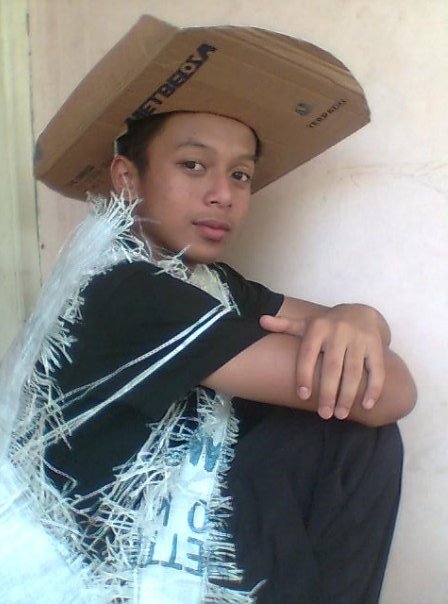Chickens are omnivores. In the wild, they often scratch at the soil to search for seeds, insects and even larger animals such as lizards or young mice.
Chickens may live for five to ten years, depending on the breed. The world's oldest chicken, a hen, died of heart failure at the age of 16 according to the Guinness Book of World Records.
Roosters can usually be differentiated from hens by their striking plumage of long flowing tails and shiny, pointed feathers on their necks (hackles) and backs (saddle) which are typically of brighter, bolder colors than those of females of the same species. However, in some breeds, such as the Sebright, the rooster has only slightly pointed neck feathers, the same color as the hen's. The identification must be made by looking at the comb, or eventually from the development of spurs on the male's legs (in a few breeds and in certain hybrids the male and female chicks may be differentiated by color). Adult chickens have a fleshy crest on their heads called a comb or cockscomb, and hanging flaps of skin either side under their beaks called wattles. Both the adult male and female have wattles and combs, but in most breeds these are more prominent in males. A muff or beard is a mutation found in several chicken breeds which causes extra feathering under the chicken's face, giving the appearance of a beard.
Wild Red Junglefowl
Domestic chickens are not capable of long distance flight, although lighter birds are generally capable of flying for short distances, such as over fences or into trees (where they would naturally roost). Chickens may occasionally fly briefly to explore their surroundings, but generally do so only to flee perceived danger.
Chickens are gregarious birds and live together in flocks. They have a communal approach to the incubation of eggs and raising of young. Individual chickens in a flock will dominate others, establishing a "pecking order", with dominant individuals having priority for food access and nesting locations. Removing hens or roosters from a flock causes a temporary disruption to this social order until a new pecking order is established. Adding hens—especially younger birds—to an existing flock can lead to violence and injury. Hens will try to lay in nests that already contain eggs, and have been known to move eggs from neighboring nests into their own. Some farmers use fake eggs made from plastic or stone (or golf balls) to encourage hens to lay in a particular location. The result of this behavior is that a flock will use only a few preferred locations, rather than having a different nest for every bird.
Hens can also be extremely stubborn about always laying in the same location. It is not unknown for two (or more) hens to try to share the same nest at the same time. If the nest is small, or one of the hens is particularly determined, this may result in chickens trying to lay on top of each other.
Skull of a chicken three weeks old. Here the opisthotic bone appears in the occipital region, as in the adult Chelonian. bo = Basi-occipital, bt = Basi-temporal, eo = Opisthotic, f = Frontal, fm = Foramen magnum, fo = Fontanella, oc = Occipital condyle, op = Opisthotic, p = Parietal, pf = Post-frontal, sc = Sinus canal in supra-occipital, so = Supra-occpital, sq = Squamosal, 8 = Exit of vagus nerve.
Roosters crowing (a loud and sometimes shrill call) is a territorial signal to other roosters. However, crowing may also result from sudden disturbances within their surroundings. Hens cluck loudly after laying an egg, and also to call their chicks. Chickens also give a low "warning call" when they think they see a predator approaching.
In 2006, scientists researching the ancestry of birds "turned on" a chicken recessive gene, talpid2, and found that the embryo jaws initiated formation of teeth, like those found in ancient bird fossils. John Fallon, the overseer of the project, stated that chickens have "...retained the ability to make teeth, under certain conditions...





 Acc. No. : 133-00-87020-9
a. n : jaka susanto
Acc. No. : 133-00-87020-9
a. n : jaka susanto
 Acc. No. : 122-00-087020-8
a. n : siti juberdahg
Acc. No. : 122-00-087020-8
a. n : siti juberdahg
 dani
dani  andang
andang
0 komentar:
Posting Komentar